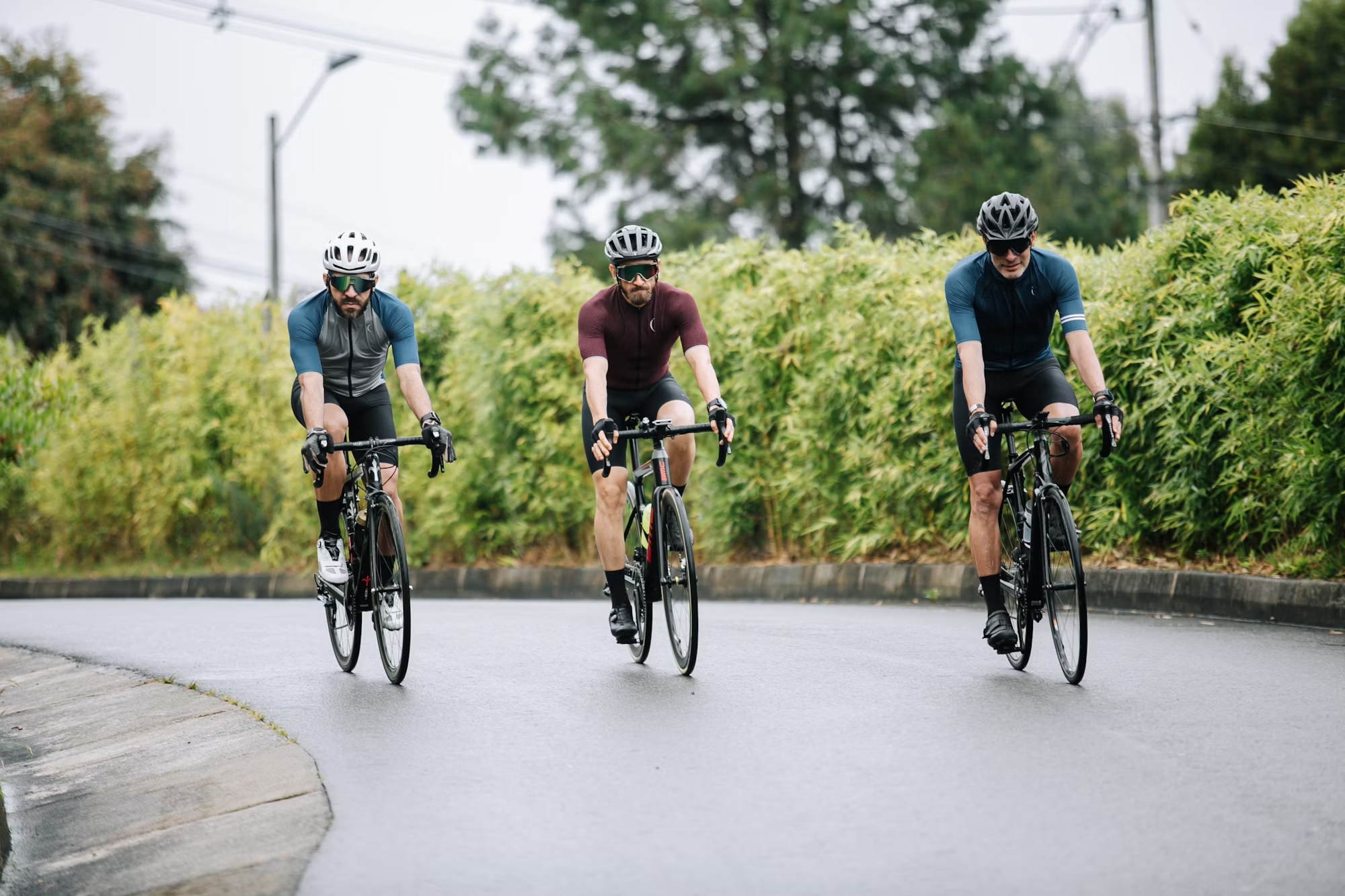Baking is an art form that combines science and creativity, allowing individuals to create delicious treats and memorable experiences. Whether you’re a novice looking to bake your first loaf of bread or an experienced baker eager to refine your skills, understanding the fundamentals is key to achieving success in the kitchen. This guide will explore essential tips, techniques, and some delectable recipes to inspire your baking journey. At the heart of successful baking is the importance of using quality ingredients. Flour, sugar, butter, and eggs are the foundation of most baked goods, and opting for high-quality products can make a significant difference in the final outcome. For instance, using unbleached all-purpose flour provides better texture and flavor in your baked goods compared to bleached flour. Similarly, choosing fresh ingredients, such as organic eggs and pure vanilla extract, enhances the taste and quality of your treats. Each ingredient plays a unique role in baking. Flour provides structure, while sugar adds sweetness and moisture. Eggs contribute to leavening and richness, and butter enhances flavor and texture. Understanding these roles will help you appreciate the delicate balance required in baking. Precision is another crucial aspect of baking. Unlike cooking, where you can often adjust flavors and textures on the fly, baking demands accuracy in measurements and techniques. Investing in a digital kitchen scale can ensure precise measurements, especially when working with ingredients like flour and sugar. Additionally, using measuring cups and spoons specifically designed for dry or liquid ingredients can help maintain consistency in your recipes. Temperature also plays a vital role in the baking process. Ingredients should generally be at room temperature unless specified otherwise in a recipe. For example, room temperature butter creams better with sugar, resulting in a lighter texture in cookies and cakes. Similarly, allowing eggs to reach room temperature ensures better incorporation into batters. Preheating your oven is essential for successful baking. An oven that isn’t adequately heated can lead to uneven baking and undesirable textures. Most recipes provide a specific temperature; use an oven thermometer to verify accuracy, as many home ovens can be off by a significant margin. Understanding baking times is equally important. Every oven is unique, and factors like altitude and humidity can affect baking times. Start checking your baked goods a few minutes before the recommended time to avoid overbaking. Visual cues, such as a golden-brown color or a toothpick inserted into the center coming out clean, can help determine doneness. Technique is where the true art of baking comes into play. Mastering mixing methods can greatly influence the texture of your baked goods. For instance, the creaming method, which involves beating butter and sugar until light and fluffy, is essential for achieving a tender crumb in cakes. Conversely, the muffin method, which requires mixing wet and dry ingredients separately before combining, creates a denser texture ideal for muffins and quick breads. Understanding how to fold ingredients is another critical skill. Folding gently incorporates ingredients without deflating air bubbles, essential for airy soufflés and meringues. Practice this technique with batters that require whipped egg whites or whipped cream, and you’ll achieve the perfect lightness. Baking can also be a platform for creativity. Once you feel comfortable with basic recipes, experiment with flavors and techniques. Try adding spices like cinnamon or nutmeg to cookie dough, or substitute buttermilk for regular milk in pancakes for added tang. Playing with flavor combinations, such as chocolate and orange or lemon and lavender, can lead to delightful surprises. Additionally, don’t shy away from trying different baking methods. For example, if you typically bake cakes, challenge yourself to make a tart or a batch of pastries. Each new technique will enhance your skills and broaden your baking repertoire. Presentation is a crucial part of baking, especially if you plan to share your creations with others. Learning simple decorating techniques, like piping frosting or dusting baked goods with powdered sugar, can elevate your treats. Invest in basic tools, such as piping bags, spatulas, and decorative molds, to help you present your baked goods beautifully. A well-decorated cake or a beautifully arranged platter of cookies can make a lasting impression at gatherings and celebrations. As you explore the world of baking, don’t forget the joy of sharing your creations with others. Baking can be a wonderful way to connect with friends and family, whether you’re bringing cookies to a neighbor or hosting a baking party. Consider trying collaborative baking sessions where you can share techniques, recipes, and, of course, the delicious results. Finally, keep in mind that baking is a journey filled with trial and error. Every baker has experienced failed attempts or recipes that didn’t turn out as expected. Embrace these moments as learning opportunities, and don’t hesitate to adjust recipes to suit your taste. Over time, you will develop your own baking style and preferences, leading to more satisfying and enjoyable experiences in the kitchen. In conclusion, baking is a rewarding and creative pursuit that invites exploration and experimentation. By understanding the basics, honing your techniques, and embracing your creativity, you can craft delightful treats that bring joy to yourself and others. So gather your ingredients, preheat your oven, and let your baking adventure begin!
Cycling Through Life: The Multifaceted World of Biking
Cycling is more than just a means of transportation; it’s a passion that has the power to unite individuals from diverse backgrounds. With its wide range of disciplines, cycling offers something for everyone, whether you seek adrenaline, adventure, or a simple way to enjoy the outdoors. This article delves into the multifaceted world of cycling, examining its various styles, the benefits they offer, and the communities that thrive around them. One of the most prominent forms of cycling is road cycling, which combines speed, endurance, and strategy. Road cyclists often participate in races that vary from short criteriums to prestigious stage races like the Tour de France. These competitions not only test physical limits but also emphasize the thrill of camaraderie among participants. The excitement of drafting behind a fellow rider or working as a team to conquer a challenging course adds to the experience, forging connections that extend beyond the race itself. Group rides, common among road cyclists, provide an opportunity to socialize while enjoying the scenic beauty of diverse landscapes. Whether winding through city streets or traversing rural roads, riders share stories, advice, and encouragement, creating a supportive environment that enhances the overall experience. For those who thrive on endurance challenges, long-distance cycling offers a rewarding avenue. Endurance riding, exemplified by events such as randonneuring and audax, allows cyclists to tackle extensive distances while experiencing the joys of exploration. Participants often traverse varying terrains, from flat highways to rolling hills, encountering breathtaking views and unexpected adventures along the way. The emphasis on self-sufficiency and the personal achievement of completing long rides fosters a strong sense of community, as riders share tips, routes, and personal experiences, encouraging one another in their pursuits. Transitioning from paved roads to rugged trails, mountain biking provides an exhilarating way to connect with nature. This discipline encompasses various styles, including cross-country (XC) and downhill (DH) biking. XC mountain biking emphasizes endurance and technical skill, allowing cyclists to navigate challenging trails filled with climbs and descents. The thrill of conquering a steep hill followed by a rapid descent is a highlight for many mountain bikers. The supportive nature of the mountain biking community is evident, with experienced riders often mentoring newcomers, fostering a spirit of inclusivity and growth. On the other hand, downhill mountain biking focuses on speed and agility as riders navigate steep slopes laden with jumps and technical obstacles. This discipline attracts thrill-seekers who crave the adrenaline rush of flying down mountains at high speeds. The bonds formed among downhill enthusiasts are strong, often revolving around shared experiences and the excitement of tackling new challenges together. BMX cycling adds an element of creativity and excitement to the biking world. Whether racing on dirt tracks filled with jumps or performing tricks in skate parks, BMX riders showcase their skills and artistic expression. Racing BMX involves short, intense competitions where speed and technique are key. Meanwhile, freestyle BMX emphasizes creativity, as riders perform stunts and tricks, often in urban settings. This combination of sport and artistry fosters a vibrant community where riders inspire each other to innovate and push the boundaries of their abilities. Cyclocross, a unique blend of cycling and obstacle course racing, takes place on varied terrains, including grass, dirt, and mud. Riders face challenges that require them to dismount and carry their bikes over barriers, making cyclocross races both demanding and exciting. The atmosphere at cyclocross events is electric, with spectators cheering on participants as they navigate the course. This dynamic environment fosters a strong sense of community among riders, who bond over shared experiences and mutual support. Track cycling, often held in velodromes, emphasizes speed, strategy, and teamwork. Riders compete on banked tracks using fixed-gear bikes, participating in events like sprints and pursuits. The camaraderie among track cyclists is palpable, as they support one another in training and competition, celebrating each other’s achievements. The thrill of racing in front of enthusiastic crowds creates a sense of unity that enhances the overall experience. For those seeking a more leisurely pace, bike touring offers an exceptional opportunity to explore the world. Whether embarking on a weekend trip or a long-term adventure, bike touring allows cyclists to connect with their surroundings in a profound way. Riders can immerse themselves in different cultures, sample local cuisines, and discover hidden gems along their routes. Each day on a bike tour presents new challenges and experiences, leading to personal growth and a deeper appreciation for the journey itself. The rise of electric biking (e-biking) has transformed the cycling landscape, making it more accessible to a wider audience. E-bikes, equipped with electric motors that assist riders, enable individuals to tackle challenging terrains and longer distances with ease. This innovation invites newcomers to experience the joy of cycling, regardless of their fitness levels. The inclusivity of e-biking fosters a welcoming environment, connecting individuals over their shared love for cycling, while also promoting an active lifestyle. Indoor cycling has also surged in popularity, particularly through spin classes that offer high-energy workouts in a motivating environment. These classes, often led by enthusiastic instructors, create a sense of community among participants who encourage each other to push their limits. The camaraderie developed in group spin sessions transforms indoor cycling into a social activity, making workouts not only effective but enjoyable as well. Finally, bike polo introduces a unique twist to cycling, blending teamwork and strategy in a fun, competitive setting. Played on bicycles, this sport requires players to work together to score goals against opposing teams. The inclusive nature of bike polo allows individuals of varying skill levels to participate, fostering connections within the cycling community and creating a lively atmosphere where everyone can enjoy the game. In conclusion, cycling is a multifaceted activity that encompasses a wide range of styles and experiences. From the thrill of road racing to the tranquility of bike touring, each discipline provides unique benefits and fosters a strong sense of community among participants. The joy of cycling lies not only in the physical activity itself but also in the relationships built and the shared experiences that come with it. Cycling invites individuals to embrace the journey, explore new horizons, and celebrate the vibrant tapestry of life on two wheels.

